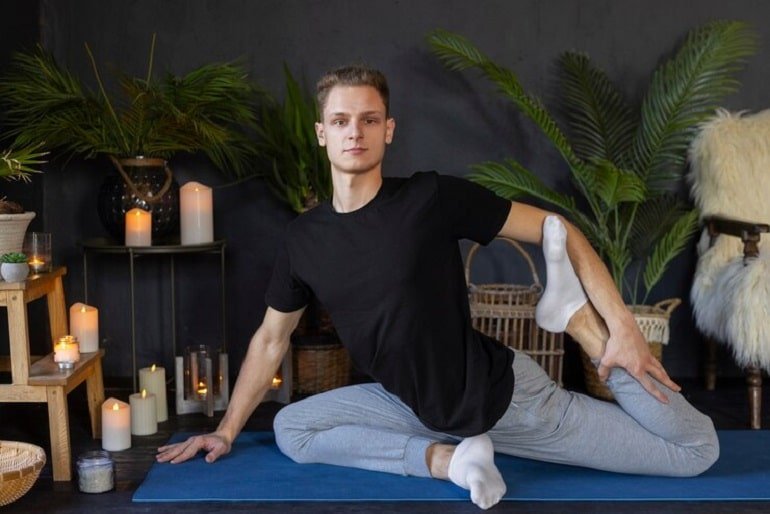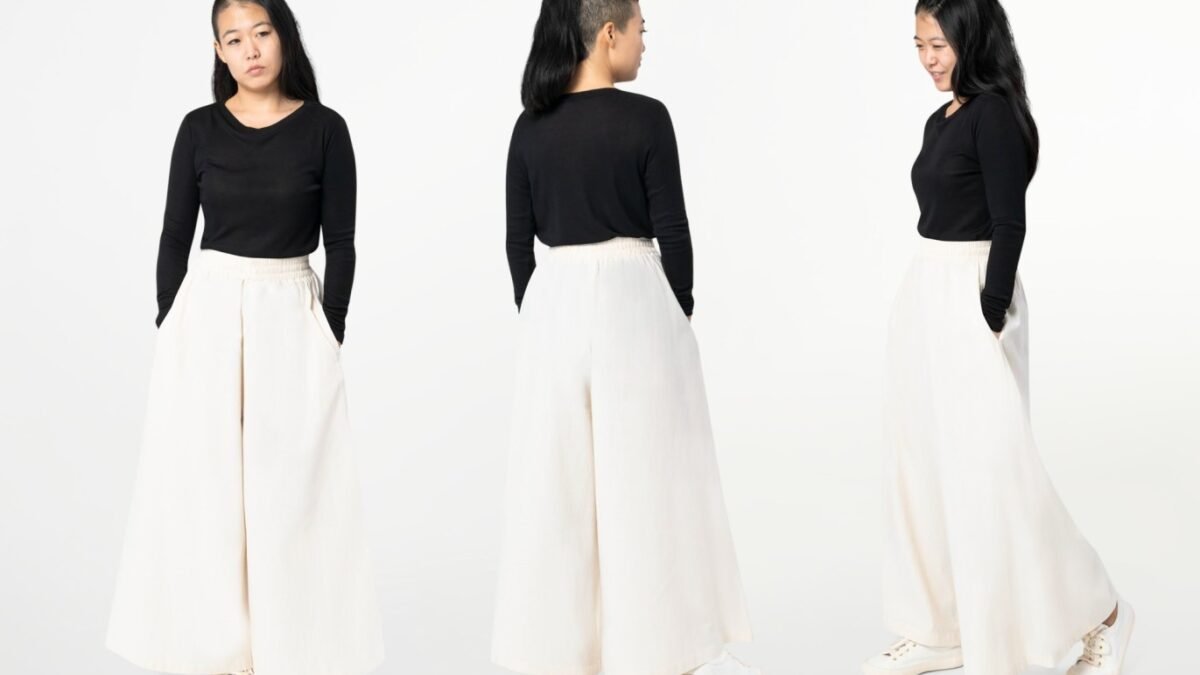
Fashion is not only about trends and aesthetics – it also holds deep cultural meaning. Clothing and personal adornment communicate strong messages about someone’s background, beliefs and sense of self. Fashion choices allow marginalized groups to assert cultural pride and challenge harmful stereotypes. However, there are ethical concerns around cultural appropriation and representation. This complex relationship between fashion and cultural identities reveals why style is far more than just personal taste.
The impact of cultural appropriation on fashion and cultural identities
Cultural appropriation – when fashion from minority cultures is adopted without respect by the dominant society – has rightfully sparked much debate in recent years. This can perpetuate harm in various ways:
- Treating cultural heritage like temporary trends or costumes
- Removing sacred designs and meanings from their origins
- Profiting from minority cultures without representation or benefits to those communities
- Reinforcing racist stereotypes rather than challenging them
Appropriation marginalizes minority groups rather than empowering them. However, exchange between cultures does not have to be unethical. Mutual appreciation, collaboration, and compensation can mitigate harm.
The role of fashion in shaping social and cultural identities
Beyond appropriation controversies, clothing continues to play a vital role in:
- Expressing identities, values and beliefs
- Communicating group affiliation and shared experience
- Challenging stereotypes and stigma
- Raising visibility for marginalized communities
Major social movements have often used style to unite and advocate change.
- African American civil rights: Kente cloth and black hairstyles celebrated black beauty and power.
- LGBTQ+: Avant-garde designers helping shift queer representation beyond stereotypes.
- Feminism: Pantsuits and androgyny challenged gender constrictions.
On an individual level, personal style choices allow visible self-definition. Fashion declares “this is who I am” to the world.
The evolution of fashion trends in different cultures and regions
Examining how fashion evolves differently across the globe reveals its cultural specificity. Local climate, materials, techniques and aesthetics shape regional styles.
Some examples:
- Japanese kimonos’ structured minimalism reflects Zen Buddhist values.
- South Asian saris’ vibrant draping embodies grace and feminine energy.
- Baltic amber jewelry connects to ancient spiritual traditions and nature symbols.
Even within nations, subcultures create distinct looks expressing shared identities. These globally spread through social media, remixing with other styles in new ways.
Overall, fashion continuously reinvents itself through the lens of diverse cultural contexts, values and identities across history.
Conclusion and call to action
This overview reveals why fashion cannot be separated from deeper questions of cultural respect, ethics and progress. Some principles to consider going forward:
- Collaboration not appropriation
- Representation not stereotypes
- Empowerment not exploitation
- Exchange not erasure













